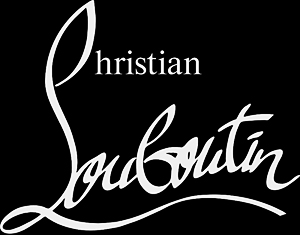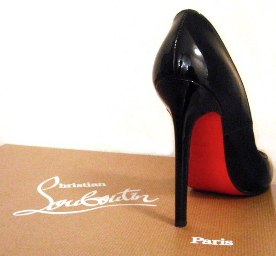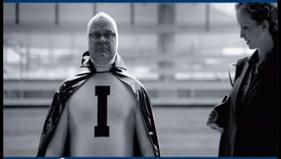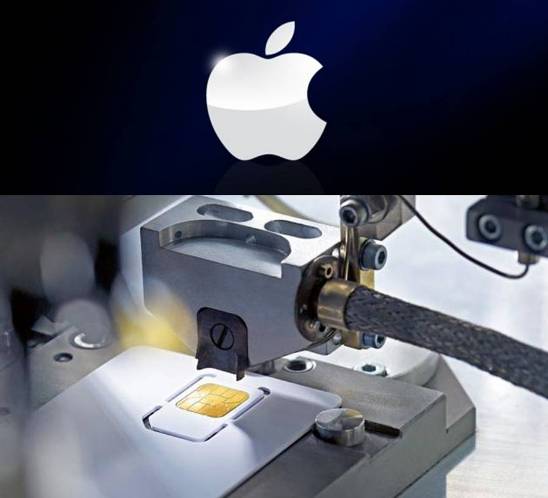
We discussed previously the trademark issues involved in the appeal of Christian Louboutin in the case of Louboutin S.A. v. Yves Saint Laurent Am. Holding, Inc. (YSL) as part of a protective IP strategy. On September 6, 2012, the Court of Appeals issued its decision regarding this appeal.
The court held that the District Court’s conclusion that a single color can never serve as a trademark in the fashion industry was erroneous, and ruled that Louboutin’s Red Sole mark is a valid and enforceable trademark. However, the court of appeals limited the Red Sole mark to a red-lacquered outsole that contrasts with the color of the adjoining upper part. The case was remanded for further proceedings with regard to Defendant’s counterclaims.
The ruling is a victory for both sides. Louboutin received a validation for its red shoe-sole trademark which was almost cancelled by the lower court, adding strength to proactive IP management through enforcement. On the other hand, YSL was granted an approval to use the red sole on shoes that are red on the upper part as well, weakening the impact of Louboutin’s IP strategy. As the court pointed out, YSL’s 2011 line of “monochrome” shoes come in purple, green, yellow, and red, featuring the same color on the entire shoe, where the red version is all red, including a red insole, heel, upper, and outsole, a style which YSL maintained it had sold since 1970, and now can legitimately continue to sell.
While the Court of Appeals agreed with the District Court that “in the fashion industry, color can serve as a tool in the palette of a designer, rather than as mere ornamentation,” it nevertheless cited that the functionality defense does not guarantee a competitor the greatest range for his creative outlet, but only the ability to fairly compete within a given market.
It therefore determined that the subject mark as presented before the court was “ineligible for protection insofar as it would preclude competitors’ use of red outsoles in all situations, including the monochromatic use” as in the case at hand, and concluded that said mark had acquired secondary meaning “and thus the requisite ‘distinctness’ to merit protection – when used as a red outsole contrasting with the remainder of the shoe.”
The court disagreed with the lower court regarding the per se limitation of single-color marks in the fashion industry:
We see no reason why a single-color mark in the specific context of the fashion industry could not acquire secondary meaning – and therefore serve as a brand or source identifier – if it is used so consistently and prominently by a particular designer that it becomes a symbol, ‘the primary significance’ of which is ‘to identify the source of the product rather than the product itself.’
Interestingly, Steve Baird in his article Louboutin & Lessons Learned points out potential issues that could follow this decision, regarding Louboutin’s right of protection, such as when a shoe is not 100% monochrome. Baird ponders the situation “[w]hat if it is almost all red, including on the outsole, but there are some black accents including a black border around the edge of the outsole border – is that enough contrast to warrant relief and protection?.. [I]t seems unlikely that the right would or should be limited to purely identical uses, given the ultimate multi-factor test of likelihood of confusion.”
In the world of IP management protection against infringers, it is remarkable that Louboutin spotted YSL as a potential threat, based on inclusion of the color red in its line of monochrome shoes which had been sold even before Louboutin obtained its trademark. However, Louboutin has not (as of yet) sued others who specifically sell Louboutin-like counterfeit shoes as part of a more aggressive IP strategy, probably because they are considered not a wealthy enough target or are judgment proof. A case in point is Tara Haughton, a teenager who runs a company from Ireland called Rosso Solini (“red soles” in Italian), selling stick-on soles online. As the name of the company suggests, she probably had Louboutin shoes in mind when she started this business.
Black & White, But Not Read All Over – It is noteworthy that Louboutin initiated this lawsuit in order to enforce its trademark in exercising an IP strategy; however, after spending much time and money, the outcome merely limited the scope of its trademark, curtailing IP-management efforts. Owners of non-conventional trademarks should keep this lesson in mind when they decide to seek litigation to enforce their mark, as the obtained right to trademark registration is not black and white in any absolute sense of enforceability. Depending on the details and how the court reads into the scope of the IP rights, the mark’s validity may be scrutinized, limited, and/or invalidated during the court proceedings.












